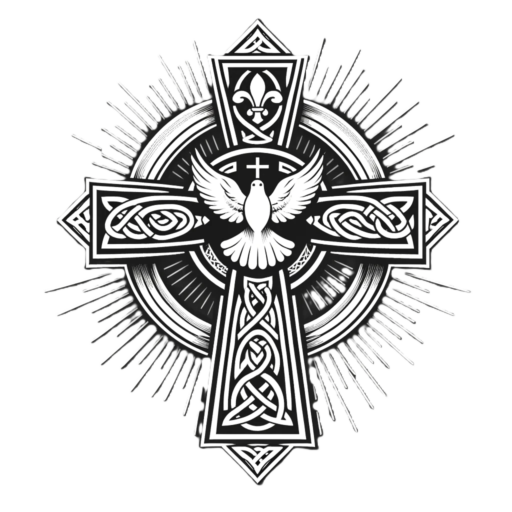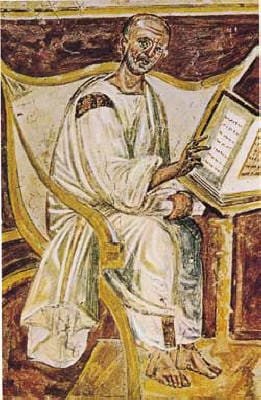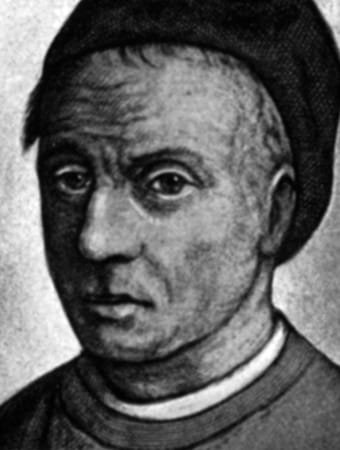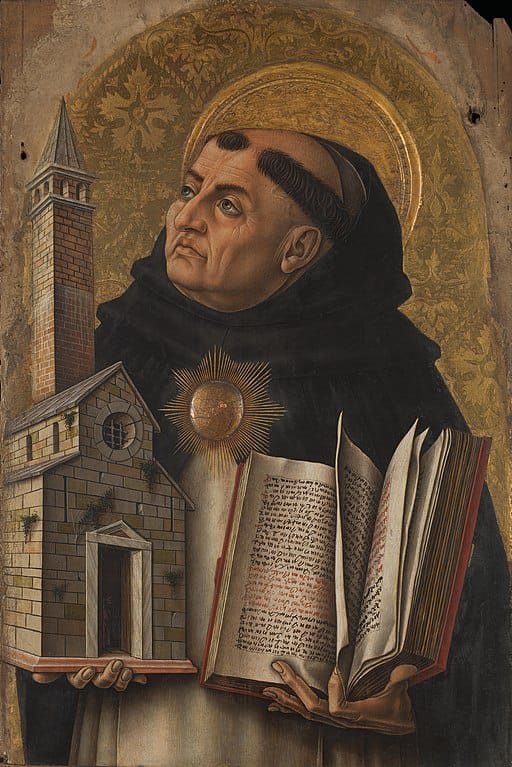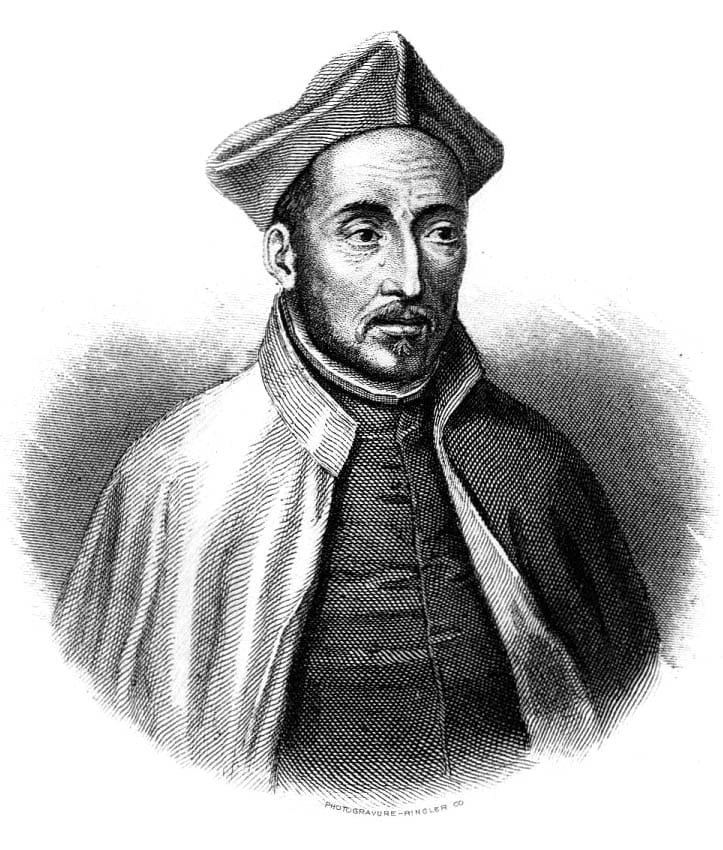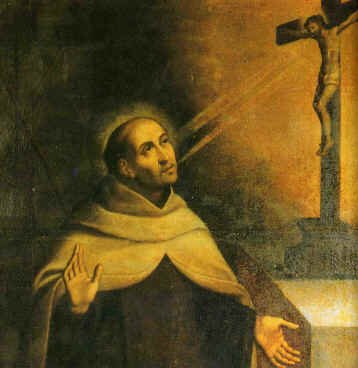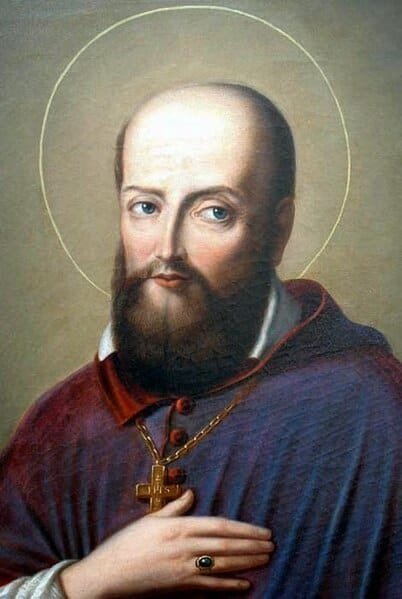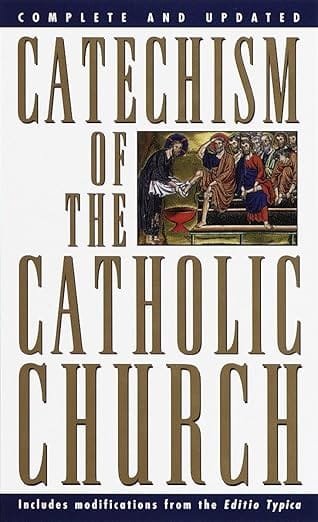Explore the top 10 Catholic books of all time, from the Latin Vulgate and Douay-Rheims Bible to Augustine, Aquinas, and the Catechism—timeless works shaping faith and devotion.
See page for author, Public domain, via Wikimedia Commons
Latin Vulgate — The Church’s Authoritative Bible
Historical authority:
Completed by St. Jerome around 405 AD, the Vulgate served as the primary Bible of the Western Church for over a thousand years, shaping doctrine, liturgy, and culture.
Excerpt / significance:
“In principio creavit Deus caelum et terram.” — Genesis 1:1
(Translation: “In the beginning, God created heaven and earth.”)
Core teaching / reason for prominence:
The Vulgate is arguably the most important Catholic book ever. It codifies the faith in one authoritative corpus, but as Bishop Robert Barron points out, it is more accurately a library of books than a single book. It contains history, law, prophecy, poetry, wisdom literature, Gospels, letters, and apocalyptic vision—encompassing multiple genres and approaches to God, morality, and salvation.
Why it matters today:
Every major Catholic translation—including the Douay-Rheims and NABRE—traces its lineage back to the Vulgate. Its influence on theology, liturgy, education, and spiritual life is unmatched.
Learn more / purchase:
Popular Online Versions of the Latin and English see below
Confessions — St. Augustine
“Among all the doctors, Augustine shines with a brilliance that surpasses all others.” — St. Thomas Aquinas on Augustine
“You have made us for Yourself, O Lord, and our heart is restless until it rests in You.”
Restless longing: human desire ultimately points toward God.
The Imitation of Christ — Thomas à Kempis
Recommended as a daily companion by St. Ignatius of Loyola for Jesuits.
“Man proposes, but God disposes.”
Interior humility and detachment — freedom through simplicity and surrender.
City of God — St. Augustine
“A pillar of thought on the relation between the earthly city and the City of God.” — St. John Paul II
“Two loves have made two cities: the love of self to the contempt of God, and the love of God to the contempt of self.”
Two-cities worldview — tension between worldly power and divine destiny; used in theology and political reflection.
Summa Theologica — St. Thomas Aquinas
Source / Saint remark:
“The teachings of Aquinas stand as the surest guide of Christian philosophy.” — Pope Leo XIII
Popular excerpt:
“To one who has faith, no explanation is necessary. To one without faith, no explanation is possible.” (commonly attributed line reflecting Summa themes)
Core teaching (publicly referenced):
Natural law — the moral order accessible to human reason; central to Catholic ethics and public discourse.
Image in the Public Domain, Link
The Spiritual Exercises — St. Ignatius of Loyola
Praised by modern popes; Ignatian discernment is called “indispensable” by Pope Francis.
“Man is created to praise, reverence, and serve God our Lord, and by this means to save his soul.”
Discernment of spirits — distinguishing consolation vs. desolation; widely used in retreats and spiritual direction.
The Interior Castle — St. Teresa of Ávila
Praised for teaching the dignity of the human soul — noted by St. John Paul II.
“The soul is like a castle made of a single diamond… in which there are many rooms.”
Seven mansions of spiritual growth — a progressive roadmap used in formation and spiritual direction.
Dark Night of the Soul — St. John of the Cross
Called “a man of heavenly wisdom” by St. Teresa of Ávila.
“In the dark night of the soul, bright flows the river of God.” (paraphrase capturing the book’s core)
The Dark Night — spiritual purification through dryness and loss of consolation; referenced in spiritual direction and therapy-adjacent discussions.
See page for author, Public domain, via Wikimedia Commons
Introduction to the Devout Life — St. Francis de Sales
Praised for clarity; Pius XI named him patron of writers because of works like this.
“Be who you are and be that well.”
Holiness for ordinary life — practical guidance for lay spirituality widely used in formation.
Catechism of the Catholic Church (1992)
“A sure norm for teaching the faith.” — St. John Paul II
“The desire for God is written in the human heart.” — CCC 27
Four pillars (Creed, Sacraments, Morality, Prayer) — the structure used in catechesis, RCIA, and teaching.
Douay-Rheims & Latin Vulgate
Read the historic Catholic Bible in English and Latin, faithful to traditional texts.
Latin Vulgate Parallel
Latin Vulgate with side-by-side English translation for deep study and reference.
Douay-Rheims — Bible Hub
Easy online reading with cross-references, search, and parallel study tools.
